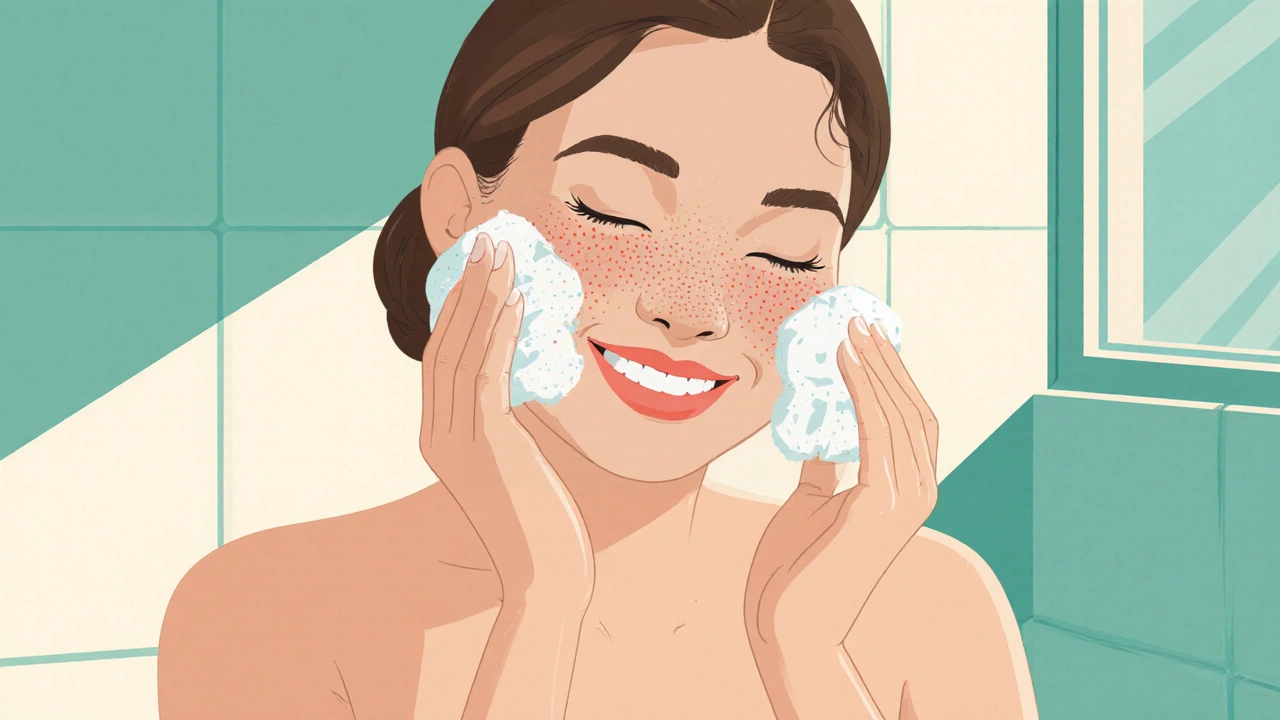Freckles: Causes, Prevention & Treatments
Notice new brown spots after a sunny weekend? That’s usually freckles showing up or getting darker. They’re common, often harmless, and tied to both your genes and sun exposure. You can reduce them and prevent new ones without complicated routines.
What causes freckles?
Freckles form when skin makes extra pigment (melanin) in small areas. Two things matter most: your DNA and UV light. People with variants of the MC1R gene get more freckles. When UV rays hit the skin, melanin production spikes and freckles appear or darken. Kids often have more obvious freckles; they can lighten with less sun over winter.
Quick note: freckles (ephelides) are different from age spots or sun lentigines. Freckles are usually smaller and fade when you avoid sun. If a spot keeps changing, get it checked.
How to treat and prevent freckles
Prevention is the easiest way to keep freckles from getting worse. Use a broad-spectrum sunscreen of SPF 30 or higher every day, even on cloudy days. Reapply every two hours when you’re outside and after swimming or sweating. Wear a wide-brim hat and sunglasses, and seek shade during peak sun hours (10am–4pm).
Want to fade existing freckles? Try a simple, consistent skin routine before moving to stronger options:
- Morning: gentle cleanser, antioxidant serum (vitamin C), moisturiser, and sunscreen.
- Night: gentle cleanser, a retinoid or retinol (if your skin tolerates it), then moisturiser. Retinoids speed cell turnover and help pigment fade over time.
Over-the-counter options that help: vitamin C, niacinamide, and alpha hydroxy acids (AHA) for mild exfoliation. These are safer and work gradually.
If you want faster results, consider medical treatments after a dermatologist consult: prescription lighteners (like topical hydroquinone in some countries), chemical peels, cryotherapy, or light-based procedures (IPL or Q-switched lasers). These work well but come with cost, downtime, or the need for sun avoidance afterward. Always follow a pro’s advice to avoid making pigment worse.
Thinking about DIY or home remedies? Skip harsh acids or lemon juice. They can irritate skin and cause more darkening. Stick to gentle products and sun protection.
When to see a doctor: any spot that changes shape, color, size, or bleeds. Also get help if freckles suddenly multiply or become itchy. A professional can confirm whether it’s just freckles or something that needs treatment.
Bottom line: sunscreen plus a simple morning and night routine is the most practical way to keep freckles under control. For faster or medical options, talk to a dermatologist so you get safe and effective results.
Best Skincare Routine for Healthy, Freckle‑Friendly Skin

Learn a step‑by‑step skincare routine that protects, hydrates and enhances freckles, with product picks, sun protection tips, and common pitfalls to avoid.
- October 18 2025
- Tony Newman
- 8 Comments
The best at-home treatments for lightening and preventing freckles

In my latest blog post, I have explored the best at-home treatments for lightening and preventing freckles. I found that using natural remedies like lemon juice, honey, and aloe vera can effectively lighten freckles while nourishing the skin. Additionally, incorporating sunscreen and vitamin C serums in our daily skincare routine can prevent the formation of new freckles. I highly recommend giving these treatments a try for a clearer and more radiant complexion. Don't forget to stay consistent with the treatments and always be gentle with your skin!
- April 30 2023
- Tony Newman
- 13 Comments
